Wallpaper vs Paint Walls: Brilliant Choice Guide
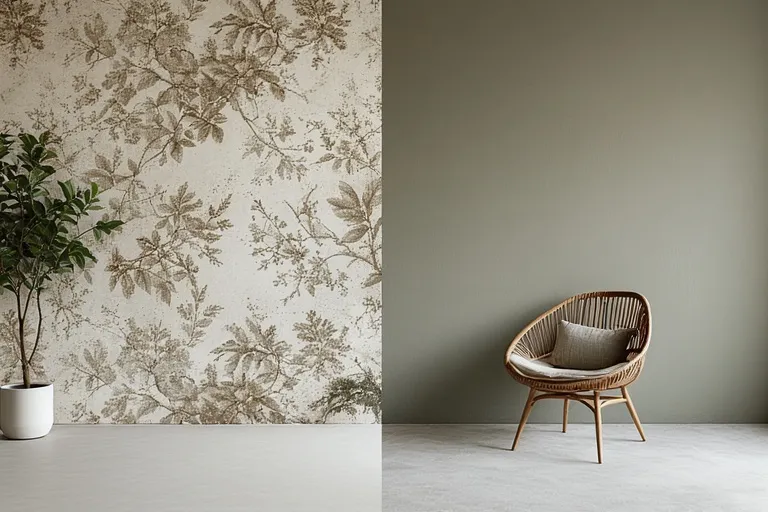
The debate between wallpaper vs paint walls has been ongoing for decades. Both options offer unique benefits and can completely transform a room’s look and feel. But which one is right for you? Let’s explore the pros, cons, and factors you should consider before making your decision.
Understanding Wallpaper vs Paint Walls
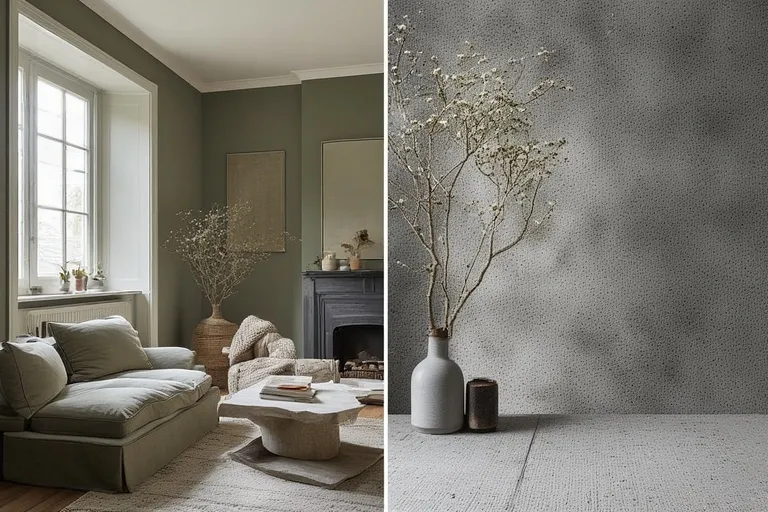
Before you dive into colors, patterns, or finishes, it’s important to understand what sets these two wall treatments apart. Wallpaper vs paint walls isn’t just about appearance—it’s about longevity, maintenance, and overall design flexibility. Wallpaper offers endless design possibilities with patterns, textures, and materials that can make your space truly stand out. Paint, on the other hand, gives you simplicity, versatility, and ease of application that suits nearly any budget or style.
Wallpaper is available in various materials such as vinyl, fabric, grasscloth, or peel-and-stick options. Paint comes in finishes ranging from matte and satin to semi-gloss and high-gloss, allowing you to customize the mood of your space. Ultimately, your decision will depend on your lifestyle, taste, and how often you plan to refresh your interiors.
Advantages of Choosing Wallpaper
Wallpaper is a design lover’s dream. It provides character and personality to a room in ways that paint often can’t. Here are the main reasons homeowners choose wallpaper:
1. Variety and Visual Impact
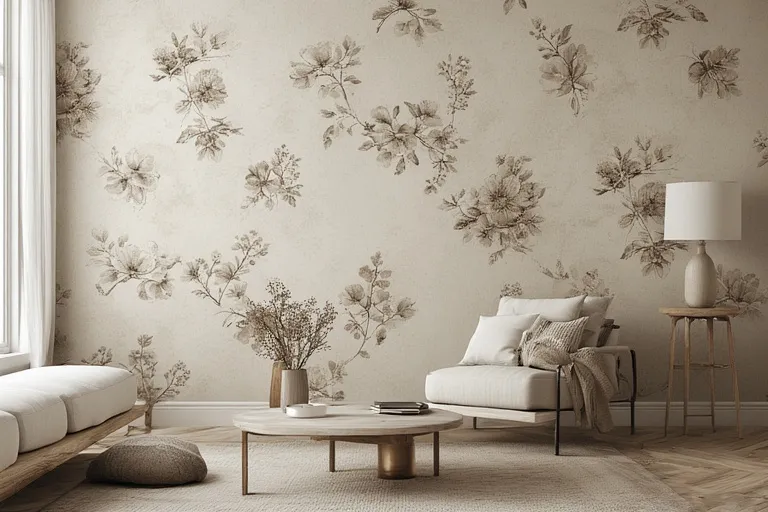
Wallpaper comes in countless designs—floral, geometric, minimalist, textured, metallic, and more. You can create an accent wall or cover an entire room for dramatic flair. The visual impact of wallpaper is immediate and eye-catching, adding depth and texture to your interiors.
2. Durability
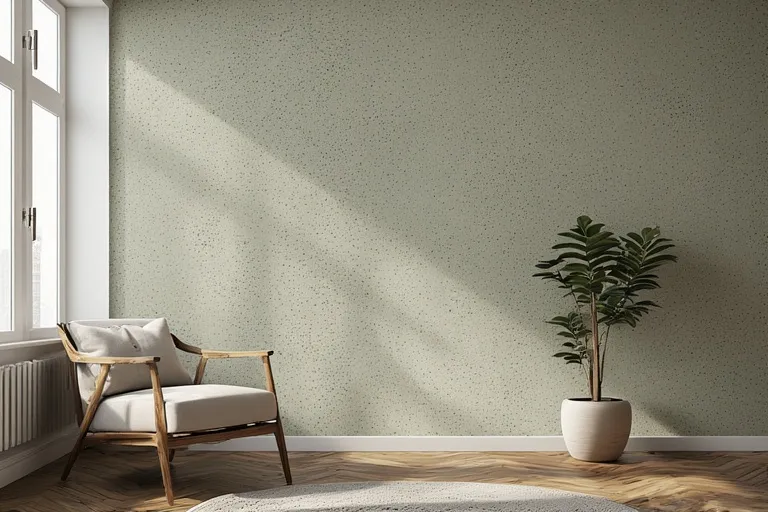
Modern wallpapers are designed to last 10–15 years or even longer when applied correctly. Unlike paint, which may fade or chip over time, wallpaper maintains its appearance for years. This makes it a smart long-term investment, especially in low-traffic or temperature-controlled areas.
3. Conceals Imperfections
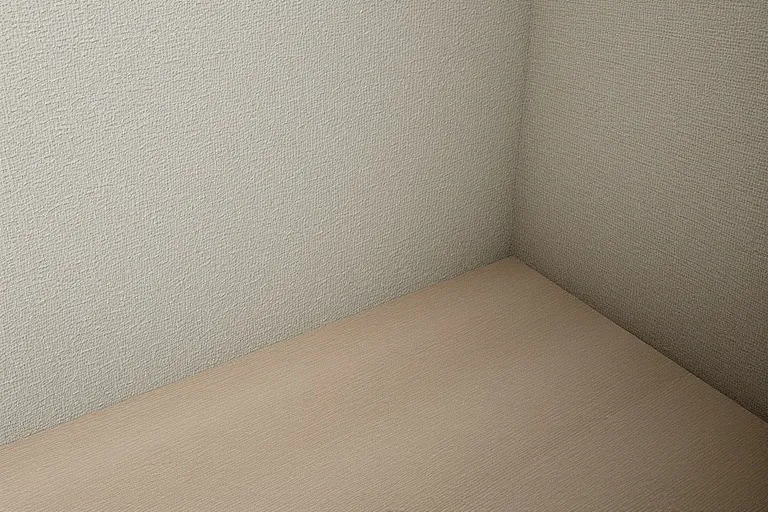
Wallpaper can effectively hide minor wall flaws such as cracks or uneven surfaces. Textured designs, in particular, can mask imperfections that paint might emphasize.
4. Easy to Clean
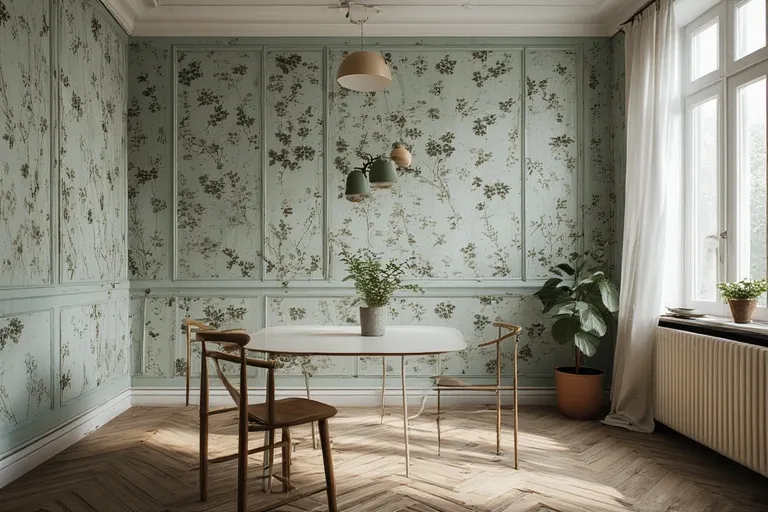
Many wallpapers today are washable or even scrubbable. A damp cloth can easily remove dirt, fingerprints, or stains, which makes wallpaper ideal for hallways, dining areas, or children’s rooms.
5. Creative Expression
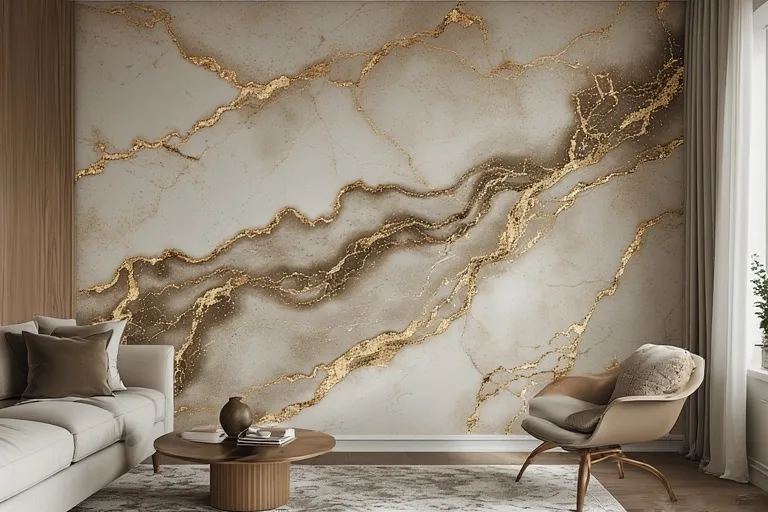
Wallpaper allows for bolder and more creative designs. You can replicate natural materials like marble or wood, add a mural effect, or use metallic prints to create luxurious spaces. The possibilities are nearly endless.
Disadvantages of Wallpaper
Of course, wallpaper isn’t perfect. Here are some drawbacks to keep in mind before choosing it:
- Difficult to Install: Wallpaper requires careful alignment and precision during installation. DIY attempts can be tricky, especially with complex patterns.
- Hard to Remove: Even peel-and-stick wallpapers can be tedious to remove, and traditional ones may damage the wall underneath.
- Higher Initial Cost: Quality wallpaper and professional installation can be more expensive than paint.
- Not Ideal for Humid Areas: Bathrooms and kitchens with high humidity can cause wallpaper to peel or bubble over time.
Advantages of Choosing Paint
Paint remains the most common wall finish worldwide—and for good reason. It’s simple, affordable, and versatile. Here’s why people often prefer paint over wallpaper:
1. Affordability
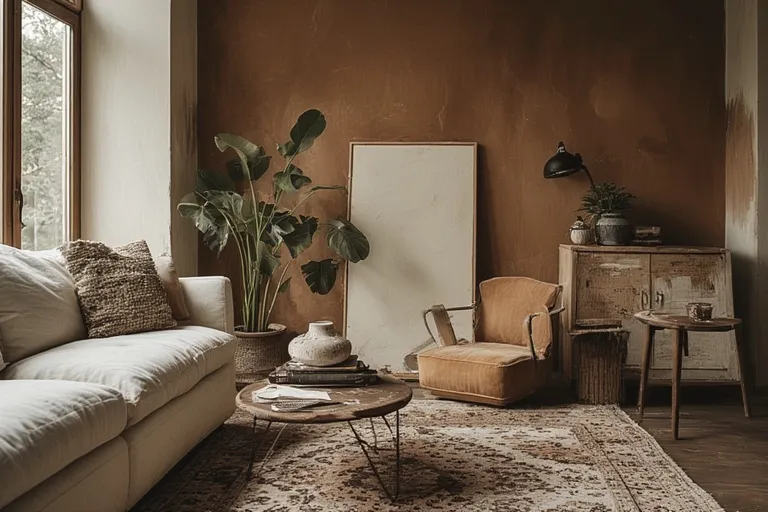
Paint is typically less expensive upfront than wallpaper. It doesn’t require specialized installation, and touch-ups are easy, making it cost-effective for frequent decorators.
2. Ease of Application
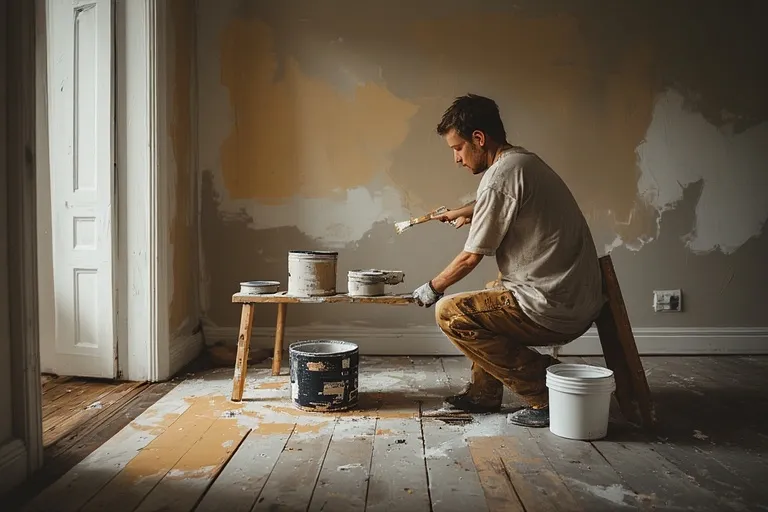
Painting is usually a straightforward process. With a few tools, you can completely refresh a room in a day or two. Plus, there’s no need for professional help unless you want a flawless finish.
3. Endless Color Choices
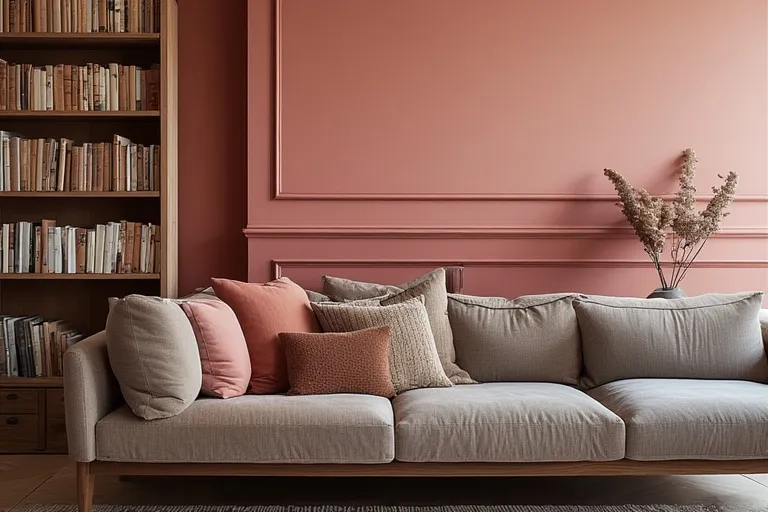
With thousands of shades and finishes, you can easily find a color to suit your style. Paint allows you to experiment—whether you prefer bold accent walls or subtle, calming tones.
4. Low Maintenance
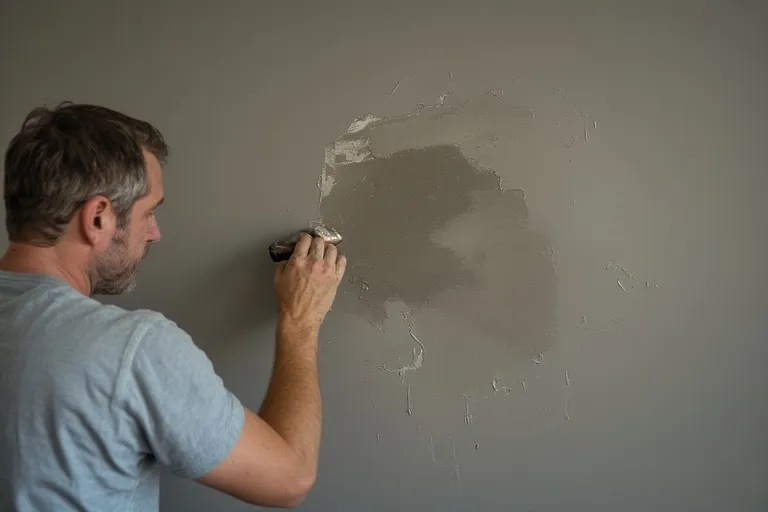
When walls get dirty or scuffed, you can easily repaint or touch up the affected area without redoing the entire surface. Modern washable paints also make cleaning easier.
5. Adaptability
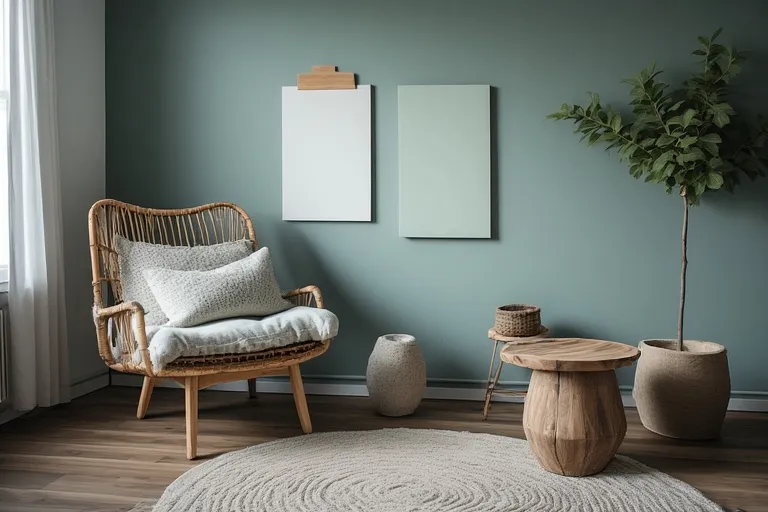
Paint gives you flexibility. If you get tired of one color, you can quickly switch to another without much cost or effort. It’s perfect for homeowners who love frequent updates.
Disadvantages of Paint
Despite its convenience, paint also has limitations:
- Shorter Lifespan: Paint typically lasts 5–7 years before it needs refreshing. It may fade, peel, or stain over time, especially in high-traffic areas.
- Time-Consuming Preparation: Walls need to be sanded, cleaned, and primed before painting.
- Visible Imperfections: Paint doesn’t hide wall flaws well—cracks, dents, or uneven patches can still be noticeable.
- Messy Application: Painting can be messy and requires drying time between coats.
Wallpaper vs Paint Walls: Comparing Key Factors
Let’s break down the main factors that differentiate wallpaper and paint, helping you decide which option fits your lifestyle best:
| Factor | Wallpaper | Paint |
|---|---|---|
| Cost | Higher initial cost | Lower upfront cost |
| Durability | 10–15 years | 5–7 years |
| Installation | Requires skill or professional help | Easy DIY |
| Design Options | Wide variety of patterns and textures | Thousands of color choices |
| Maintenance | Easy to clean (washable types) | Easy to repaint or retouch |
| Removal | Difficult and time-consuming | Simple and quick |
| Best For | Feature walls, bedrooms, dining rooms | High-traffic or humid areas |
Which Option Suits Your Home Best?
Your choice between wallpaper and paint depends on your goals:
- For Long-Term Design: Choose wallpaper if you want a long-lasting, statement-making finish.
- For Flexibility and Budget: Choose paint if you prefer easy updates and lower costs.
- For High-Moisture Areas: Paint performs better in bathrooms or kitchens.
- For Visual Texture: Wallpaper can provide depth and a designer touch that paint can’t replicate.
Some homeowners even combine both—using paint on most walls and wallpaper as an accent to add style and personality without overwhelming the space.
Maintenance Tips for Both Options
Whether you choose paint or wallpaper, maintenance plays a big role in longevity and appearance.
For Wallpaper:
- Avoid direct sunlight to prevent fading.
- Clean regularly with a soft, damp cloth.
- Repair lifted edges promptly to prevent peeling.
For Paint:
- Wipe walls gently with a damp sponge to remove stains.
- Use touch-up paint for scratches or chips.
- Repaint every few years to keep colors fresh and vibrant.
Conclusion
Wallpaper vs paint walls—the choice ultimately depends on your style, budget, and how you use your space. Wallpaper adds luxury, depth, and creativity, making it ideal for statement rooms or long-term designs. Paint offers affordability, flexibility, and simplicity, perfect for frequent updates or practical spaces.
In the end, there’s no one-size-fits-all answer. The best option is the one that aligns with your lifestyle and the story you want your home to tell. Whether you lean toward bold wallpapers or classic painted finishes, both can beautifully transform your walls into a reflection of your personality.
1. Which lasts longer, wallpaper or paint?
Wallpaper usually lasts longer, up to 15 years, compared to paint’s 5–7 years lifespan.
2. Is wallpaper more expensive than paint?
Yes, wallpaper has a higher initial cost due to material and installation.
3. Can wallpaper be used in bathrooms?
Not recommended unless it’s moisture-resistant vinyl wallpaper.
4. Which option is easier to change?
Paint is easier to change or update compared to removing wallpaper.
5. Does wallpaper hide wall imperfections better than paint?
Yes, textured wallpapers can hide minor cracks or uneven surfaces effectively.

One Comment